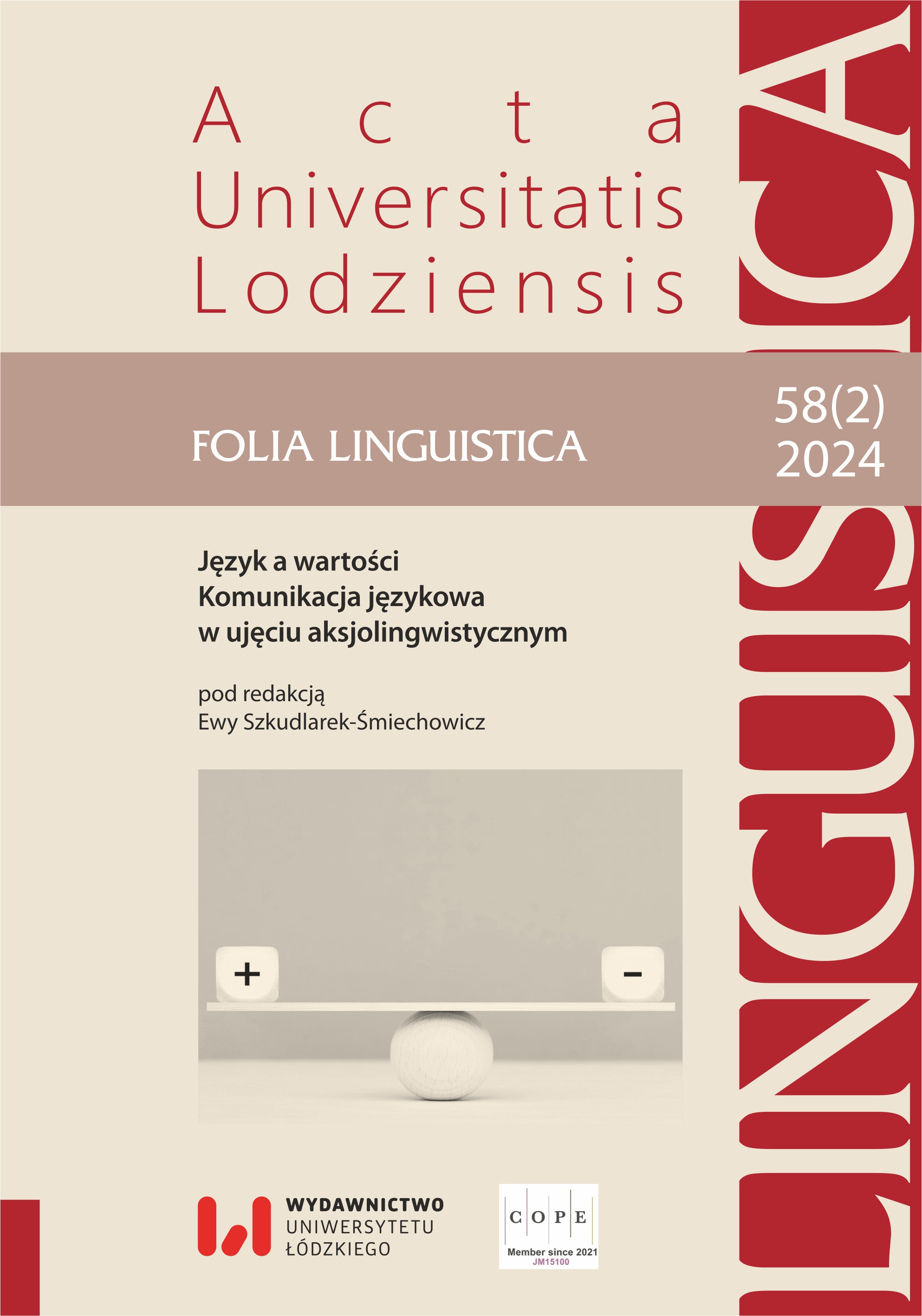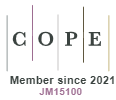Values in the area of corporate culture (on the example of linguistic analysis of the document — Code of business conduct)
DOI:
https://doi.org/10.18778/0208-6077.58.2.17Keywords:
instytutional discourse, organizational culture, metalinguistic function of language, valuesAbstract
The paper presents the results of research into the metalinguistic function of language, which finds its expression in the philosophy of corporarions. The aim of the article is to show the linguistic ways of expressing values in the culture of the organization. Corporate/organizational values are embedded in the culture of contemporary organizations and find their linguistic expression in various documents. One of such document – the Code of Business Conduct of CRH Corporation -was used as the material for the study. Examples on which to draw conclusions have been exerpted from this document. This Corporation, like any other company of this scale, develops its own organizational culture based on values that every employee should know and adhere to. The article will examine the main tools used to communicate the basic values, the values themselves and their reflection in the language. The value system of the organization and the corporate discourse includes goals, standards, principles of functioning of the company, integrates employees, influences their cooperation with clients and relations within the company.
Downloads
References
Bartmiński J., 2003, Miejsce wartości w językowym obrazie świata, w: J. Bartmiński (red.), Język w kręgu wartości. Studia semantyczne, Lublin: Wydawnictwo Uniwersytetu Marii Curie-Skłodowskiej, s. 59–86.
Google Scholar
Deal Т.Е., Kennedy A.A., 1982, Corporate Cultures: The rites and rituals of corporate life, Boston: Perseus Books, US. Addison-Wesley Publishing Company. https://doi.org/10.1016/0007-6813(83)90092-7
Google Scholar
DOI: https://doi.org/10.1016/0007-6813(83)90092-7
Fairclough N., 2003, Analysing Discourse: Textual Analysis for Social Research, London: Routledge. https://doi.org/10.4324/9780203697078
Google Scholar
DOI: https://doi.org/10.4324/9780203697078
Gajda S., 2005, Tekst/dyskurs oraz jego analiza i interpretacja, w: M. Krauz, S. Gajda (red.), Współczesne analizy dyskursu. Kognitywna analiza dyskursu a inne metody badawcze, Rzeszów: Wydawnictwo Uniwersytetu Rzeszowskiego, s. 11–20.
Google Scholar
Hierarchia potrzeb Maslowa w procesie motywacji pracowników, Sales HR Magazine, https://saleshr.pl/hierarchia-potrzeb-maslowa-w-procesie-motywacji-pracownikow/ (dostęp: 20.06.2024).
Google Scholar
Hofstede G., Hofstede G.J., 2007, Kultury i organizacje, Warszawa: Polskie Wydawnictwo Ekonomiczne.
Google Scholar
Kodeks Postępowania Biznesowego CRH, 2012, Dublin.
Google Scholar
Leszczak O., 2010, Lingwosemiotyka kultury. Funkcjonalno-pragmatyczna teoria dyskursu, Toruń: Wydawnictwo Adam Marszałek.
Google Scholar
Maslow A., 1943, A Theory of Human Motivation, „Psychological Review”, nr 50 (4), s. 370–396. https://doi.org/10.4324/9780203697078
Google Scholar
DOI: https://doi.org/10.1037/h0054346
Nogalski B., 1998, Kultura organizacyjna. Duch organizacji, Bydgoszcz: Oficyna Wydawnicza Ośrodka Postępu Organizacyjnego.
Google Scholar
Peters T.J., Waterman, R.H. Jr., 2004, W poszukiwaniu doskonałości w biznesie. Doświadczenia najlepiej zarządzanych firm Ameryki, Warszawa: Wydawnictwo MT Biznes.
Google Scholar
Puzynina J., 2004, Problemy wartościowania w języku i w tekście, „Etnolingwistyka”, t. 16, s. 179–189.
Google Scholar
Schein E.H., Schein P.A., 2017, Organizational Culture and Leadership, Hoboken: John Wiley & Sons.
Google Scholar
DOI: https://doi.org/10.15358/9783800656608
Sikorski Cz., 2002, Kultura organizacyjna, Warszawa: C.H. Beck.
Google Scholar
van Dijk T., 1983, Macrostructures. An interdisciplinary study of global structures in discourse, interaction, and cognition, New York: Academic Press.
Google Scholar
Wodak R., 2011, The Discourse of Politics in Action: Politics as Usual, Basingstoke: Palgrave Macmillan.
Google Scholar
Downloads
Published
How to Cite
Issue
Section
License

This work is licensed under a Creative Commons Attribution-NonCommercial-NoDerivatives 4.0 International License.










